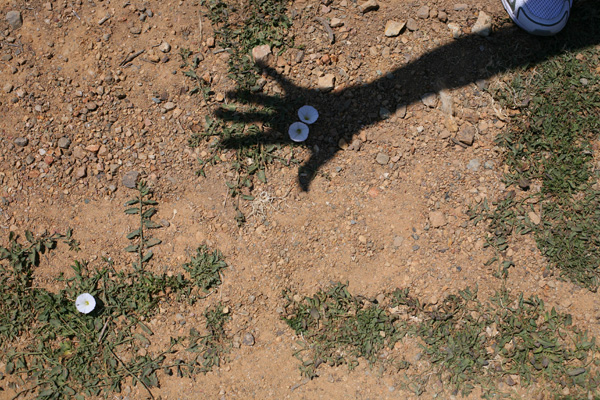
My 19993 Christmas story, “Easy as Pie,” is now online as part of a podcast radio show from the crew at Starship Sofa in Scotland. And here’s the permalink for the show with my story.
The show also includes a poem by Laurel Winter, and a science rap by Peter Watts. If you’re eager to get to the “good stuff” (that is, to my story!) move the audio-player’s slider about 40% of the way to the right, which is where my story starts. It’s a kind of fairy tale, along the lines of “The Goose That Laid the Golden Egg,” but with flying saucers.
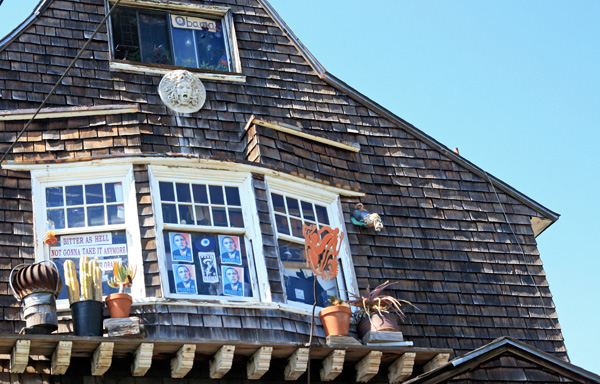
Sarah Heacox maintains a blog called “Impossible Universe,” on the topic of how people with disabilities are portrayed in popular culture. She put up a very nice post about my novel Postsingular, relating to my autistic character Chu. I was happy to see that someone thought I’d gotten it right.
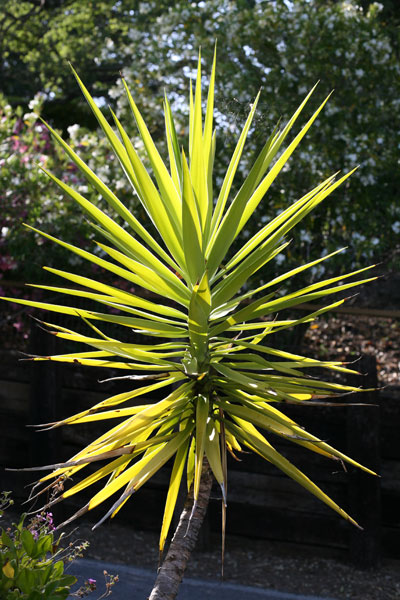
Reading up on lenses, I found that people like to talk about something called bokeh, derived from the Japanese word boke, meaning “blur,” “fuzziness,” or “dizziness,” and used in English since about the year 2000 to refer to the aesthetics of photographic blur.
The idea is that if you use a wide aperature on your lens—or an extreme telephoto setting—you get a shallow depth of field, which blurs all the objects other than the one you focus on. And, depending on the lens, the blur can have various properties.
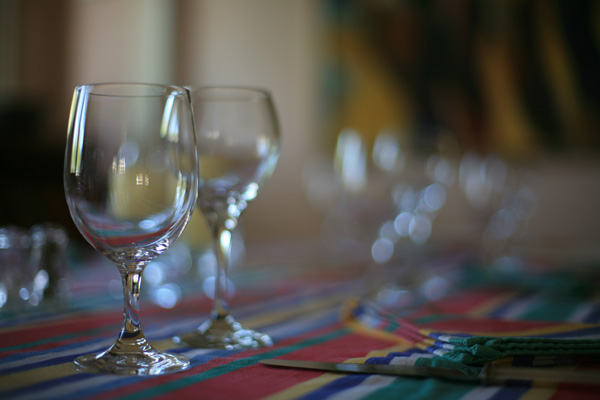
One principle of “good bokeh” is that the little blur dots around highlights should be circular, and brighter at the center than at the edges. A cheaper lens with a harsh pentagonal aperature iris will make pentagonal bokeh dots. A lens with a less than ideal aspheric correction will make dots that are brighter around the edges (like rolled up condoms) instead of brighter at the center (like little hills). My fave photo commenter Ken Rockwell explains this very well in his page on bokeh.
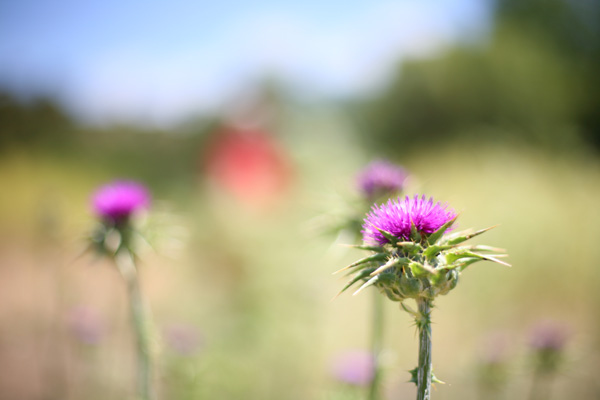
A less obvious quality of good bokeh is that the flat color regions in the background will have a soothing, merged kind of blur. I’m now alert for more chances to shoot bokeh, comparing my lenses that way. The shots above are with the Canon 50 mm f1.4, by the way. The dots in the first one are nicely rounded, but maybe too elliptical, also their edges are brighter than one wants for really good bokeh, but maybe, I hope, this is just because the glass highlights themselves happen to be inherently bright edged shapes. The colors behind the thistle look pretty good, though maybe there’s a twinge of harshness here and there.
My photographer nephew Embry Rucker tells me the Canon 85 mm f1.2 L is “a freight train to Bokeh Town.”
Stay tuned for more bokeh obsession… I’m starting to see an SF story in this as well…
Seems like a wonderfully Japanese concept, no?
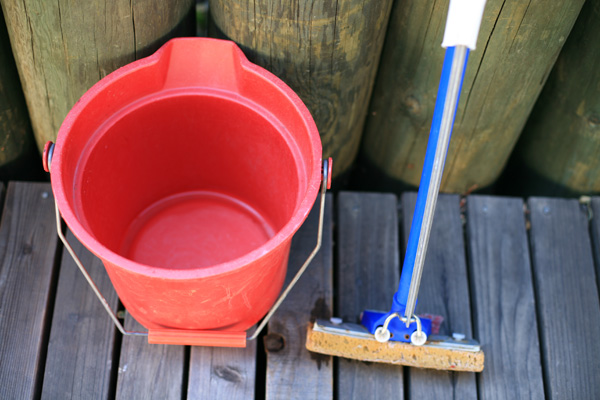
I’ve been thinking about the art of taking pictures of, essentially, nothing. Like the bucket I used to mop the kitchen.
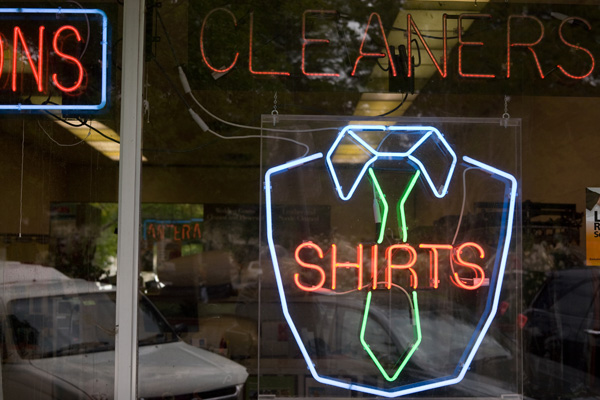
The drycleaner’s window.
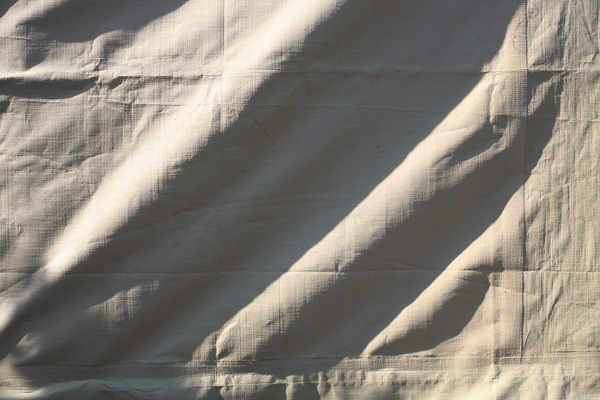
But if I look hard, I can find subjects anywhere. Even in the white plastic tent that my neighbor uses for an extra garage. Gnarly, dude.









June 2nd, 2008 at 7:24 am
Rudy, would you suspect you were in a simulated world if the Bokeh wasn’t good? A bokeh short story might be inevitable now.
June 4th, 2008 at 12:34 am
hmm so the terms Kata and Ana are not entirely obscure in certain subworlds:
i just now fynded a game that features
a ’10 degree of freedom interface’ to a 4D world: ‘adanaxis’.
the game, demo, and ‘tesseract trainer’ (in OSX and windos):
http://www.mushware.com/portal.php?page=4
context:
http://www.halfbakery.com/idea/Kata_2fAna_20Alter-Dimension_20Games
relevance to ‘bokeh’ metaphorics:
when “focusing in” from a 4D awareness to a 3D (locus), (the focus locus), one gets a kind of fuzzy fanout around the 3D world of interest. viz the ‘redshift’ in deepsky measurements: a ‘bokeh’ field that is similar to having a thin depth of field. the 4D surround gets “blurry” as space “widens”.
quote from ‘halfbakery’:
“If the 4th dimension can be expressed mathematically then a PC shouldn’t have too much trouble *calculating* it, you mean. Rendering is quite something different. Although… Maybe kata should be a kind of fading overlay of the object in one color (say green), and ana in another color (say red). This would limit how far you could “look” in those directions, just as much as your 3D eye is limited. Shimmering would be optional.” (!!) (!!!)